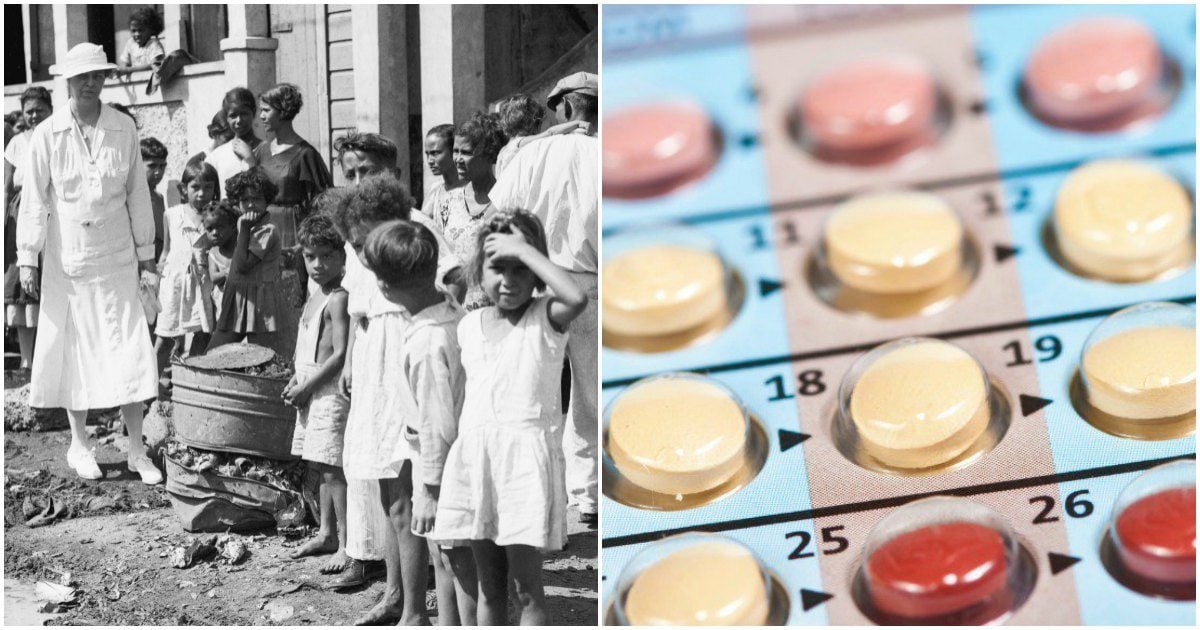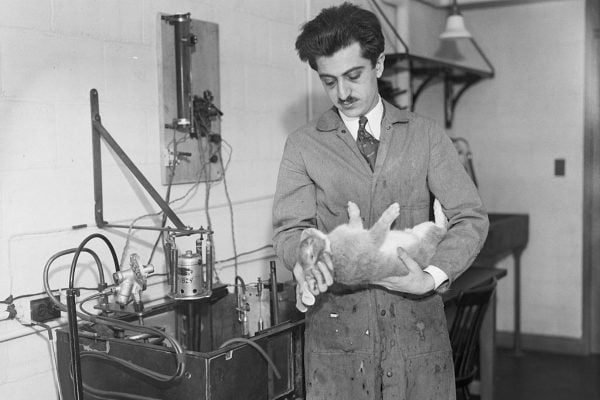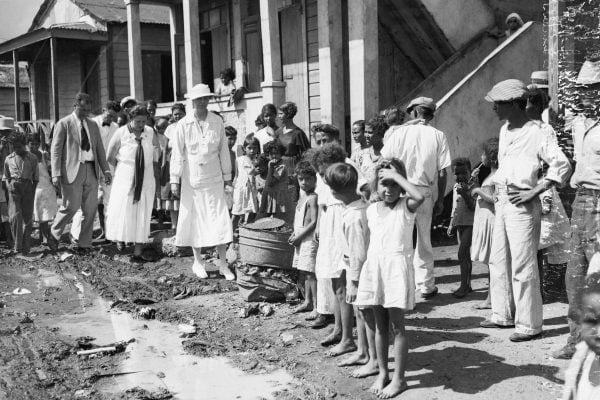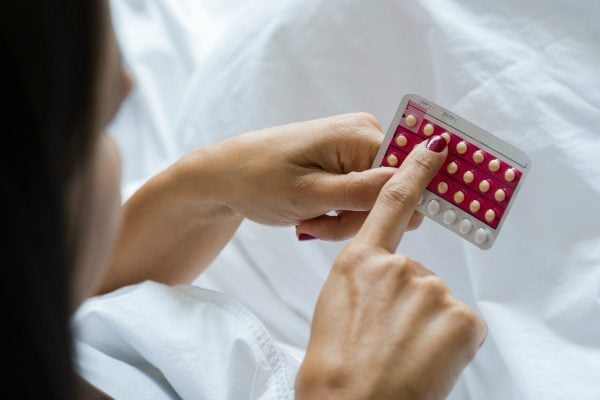
When the contraceptive pill was approved by the American Food and Drug Association (FDA) on May 9, 1960, it became a watershed moment for feminism and gender equality.
Women now had greater control over childbearing and their careers, and could (mostly) protect themselves against unwanted pregnancies.
But while it’s all well and good talking about how revolutionary an invention the Pill was, we need to talk about the darker side of its creation.
Medical trials were needed to test how safe and effective it was, but what most people don’t realise is that there was mass exploitation of vulnerable women for these trials. Women who were mentally institutionalised in US asylums and impoverished Puerto Rican women participated in the early trials, sometimes unwittingly.
Mamamia’s daily news podcast The Quicky will get you up to speed on what you need to know today….
The Massachusetts pre-trials
Before the Pill was released to market, two of its creators, Harvard scientists Dr John Rock and Dr Gregory Pincus, had a problem.
It wasn’t money. Their project was encouraged and funded by prominent Women’s Rights activist and heiress, Katharine D. McCormick, but in order to get it approved by the FDA, they needed to prove the drug performed successfully in clinical trials.
After testing their formulation on rabbits, and an early version of the Pill on a 60-person study, Rock and Pincus realised they required bigger sample sizes. This is where the ethics get more than a little murky.




Top Comments
For those who might not know. You too can do your part and help contribute as well.
The National Health and Medical Research Council are still looking for volunteers on a large variety of drugs that are undergoing clinical testing and seeking Government approval based on successful results.
The fields for trials are vast and vary from cancer, cardiovascular, mental health, neurological, oral, stroke, reproduction and complementary medicine among others.
For more information, please see the link below.
https://www.australianclini...
How incredibly sad that these women had to suffer and had their concerns ignored. The stories of these women should come with the first pill packet a woman buys so these women's sacrifices can be acknowledged. I never knew the history behind the pill before reading this.